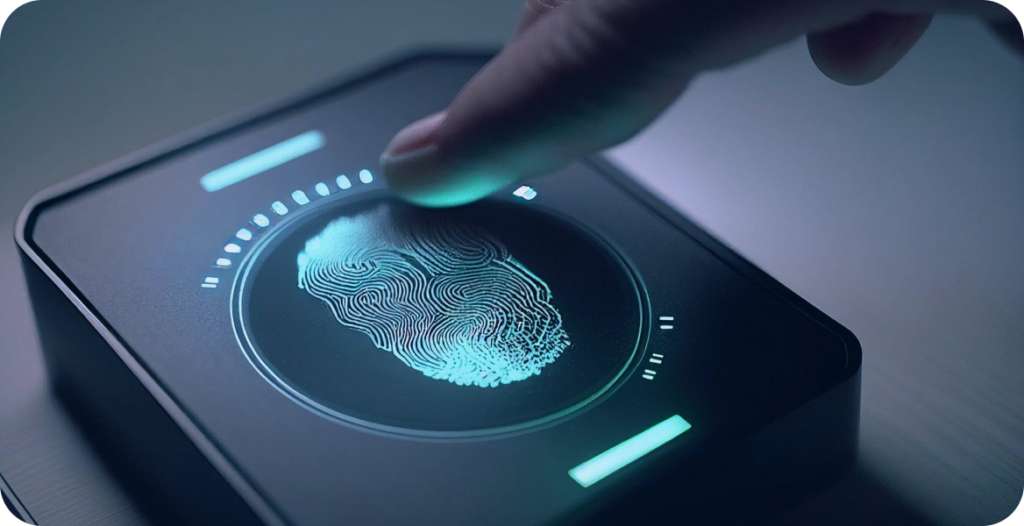Introduction
Biometric authentication systems have become increasingly popular for their ability to provide secure and convenient identity verification. However, the rapid advancement of Artificial Intelligence (AI) has introduced new risks and vulnerabilities to these systems.
The Power of AI in Biometric Hacking
AI offers hackers sophisticated tools and techniques to exploit vulnerabilities in biometric authentication systems. Here are some examples:
- Presentation Attacks: AI algorithms can generate realistic synthetic biometric data, such as deepfake fingerprints or facial images, which can deceive biometric systems and grant unauthorized access.
- Spoofing Detection Evasion: Hackers can use AI to create sophisticated spoofing materials that mimic genuine biometric features, evading the system’s detection mechanisms and gaining illicit access.
- Adversarial Attacks: AI algorithms can be manipulated by introducing subtle alterations into biometric samples, causing misclassification or misidentification of individuals and allowing attackers to exploit system weaknesses.
- Biometric Data Reconstruction: With AI techniques like image reconstruction and biometric template regeneration, hackers can reverse-engineer stolen or intercepted biometric data, enabling them to impersonate legitimate users.
- Model Poisoning: By injecting malicious data during the training phase, hackers can compromise the integrity of AI models used in biometric systems, leading to biased classifications and exploitation of system weaknesses.
Mitigation Strategies and Defense Mechanisms
To mitigate the risks of AI-enabled biometric hacking, organizations and researchers are developing various defense mechanisms:
- Robust Anti-Spoofing Techniques: Advanced anti-spoofing methods, including liveliness detection and texture analysis, can effectively detect and prevent presentation attacks.
- Multimodal Biometrics: Implementing multiple biometric modalities, such as fingerprint, face, and iris recognition, increases the complexity for attackers and enhances system security.
- Adversarial Training: Training AI models with adversarial examples and data enhances their resilience against adversarial attacks and strengthens system security.
- Continuous Monitoring and Updates: Regular monitoring, timely updates, and patches help address emerging vulnerabilities and ensure the system remains secure against evolving hacking techniques.
- Privacy-Preserving Technologies: Utilizing secure encryption and decentralized storage of biometric data safeguards against data breaches and protects individual privacy.
- Ethical Frameworks and Regulations: Implementing comprehensive ethical frameworks and stringent regulations governing the use of AI in biometric systems promotes responsible development, ensuring privacy, fairness, and accountability.
Conclusion
While biometric authentication systems offer convenient and secure identity verification, the integration of AI introduces new risks. By understanding the power of AI in enabling hacking of biometric systems and implementing effective mitigation strategies, organizations can protect themselves and individuals from potential dangers. It is crucial to stay vigilant, continuously update defense mechanisms, and adhere to ethical frameworks to safeguard the integrity and security of biometric authentication systems.








